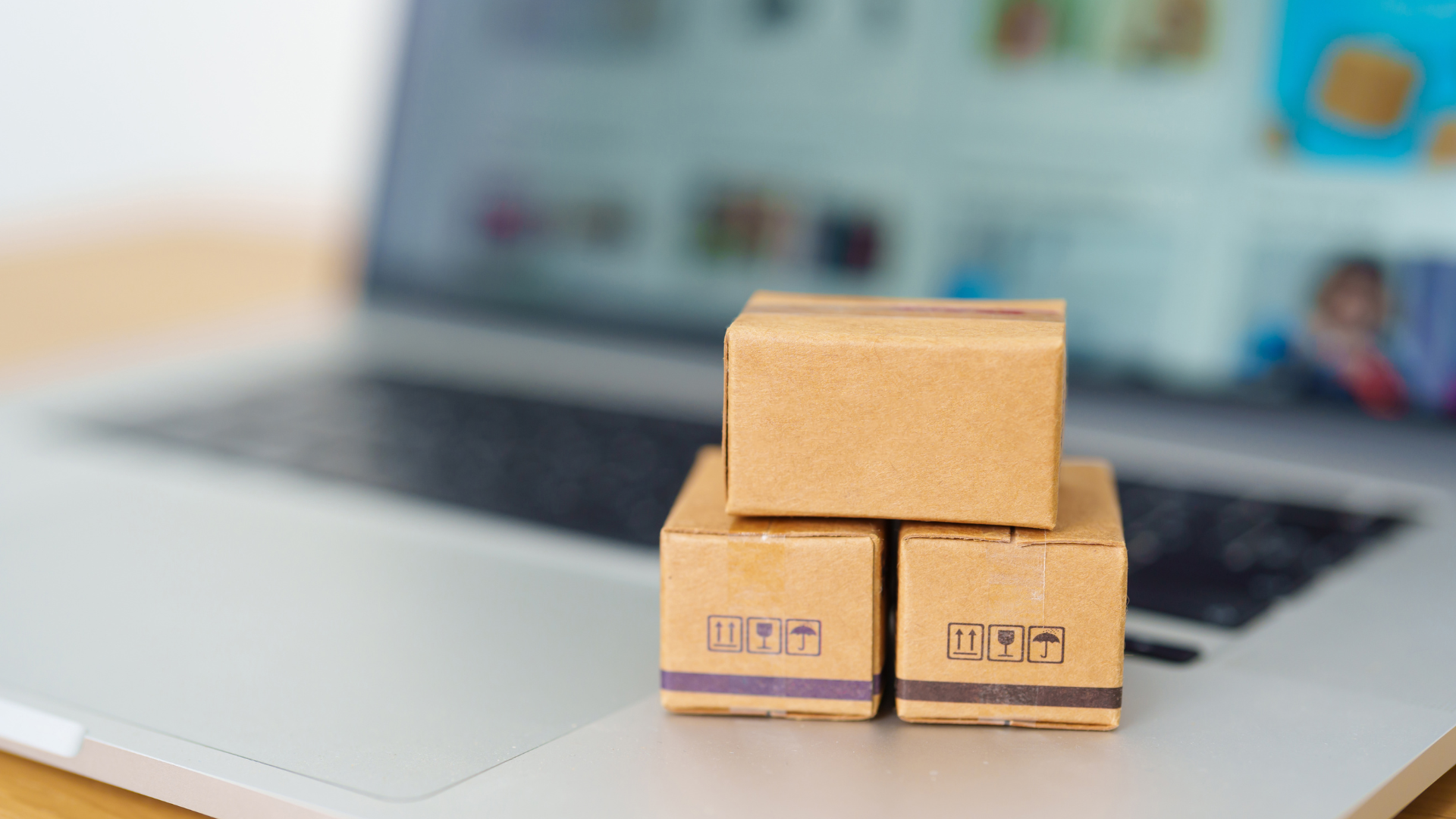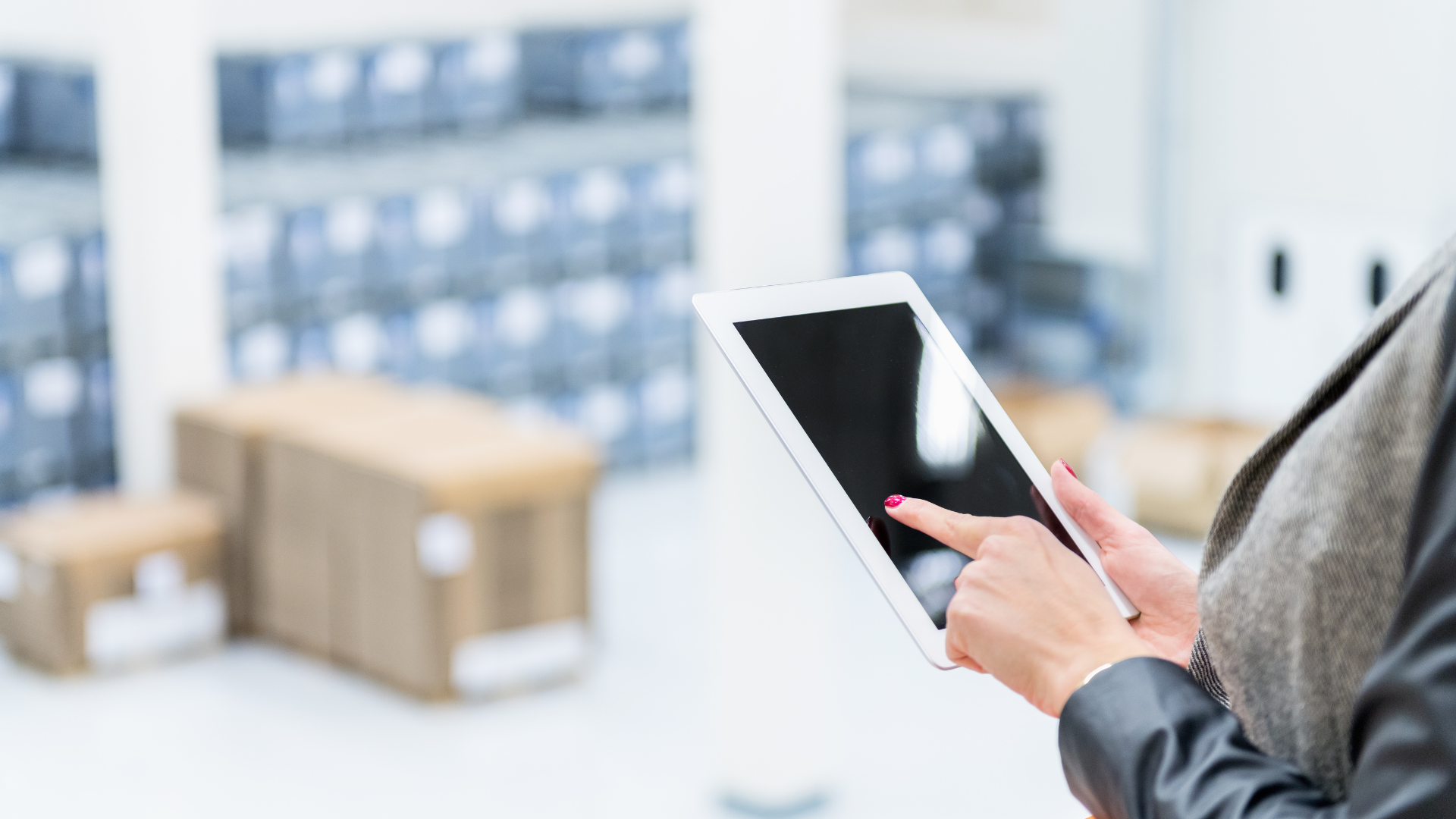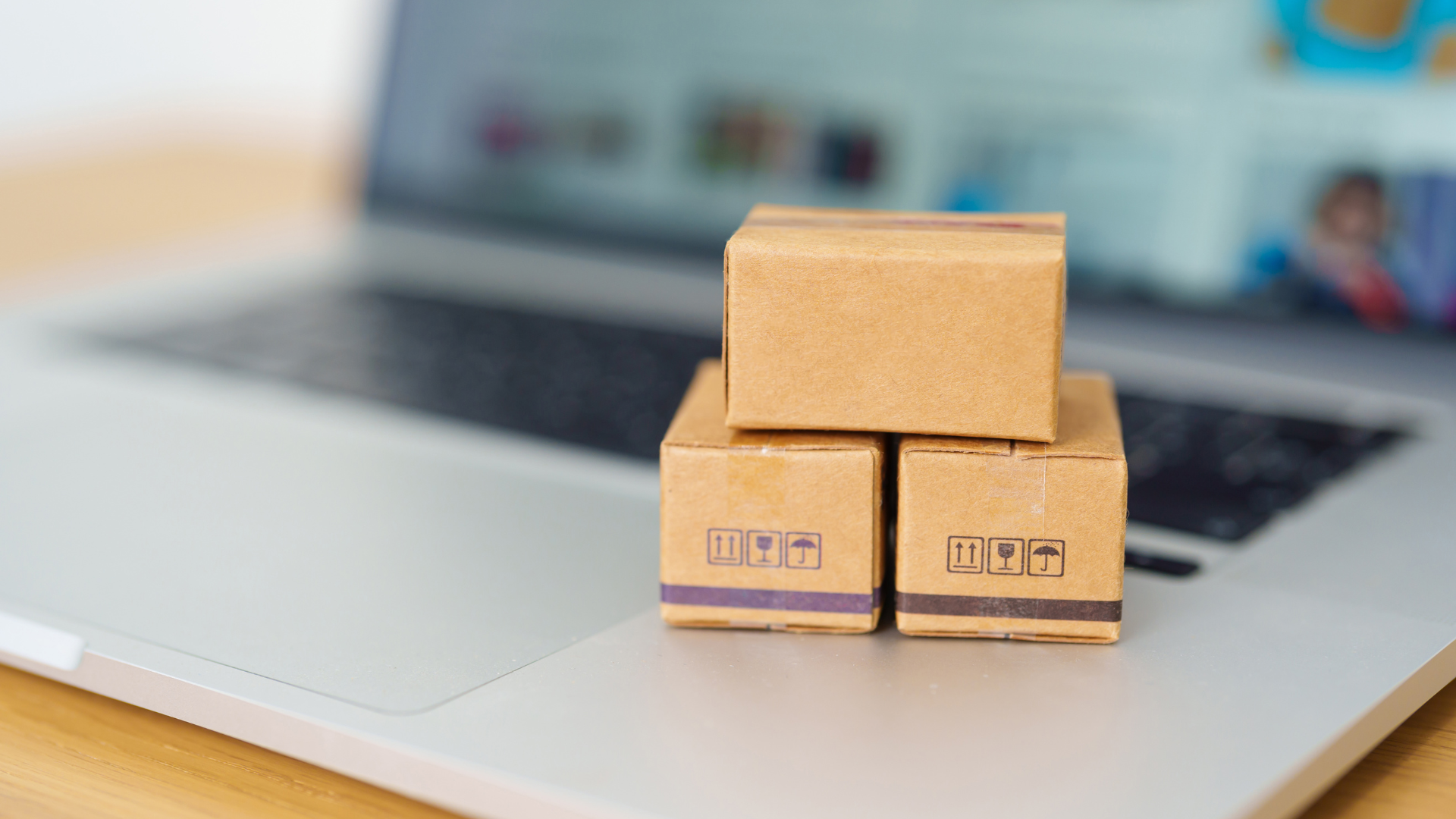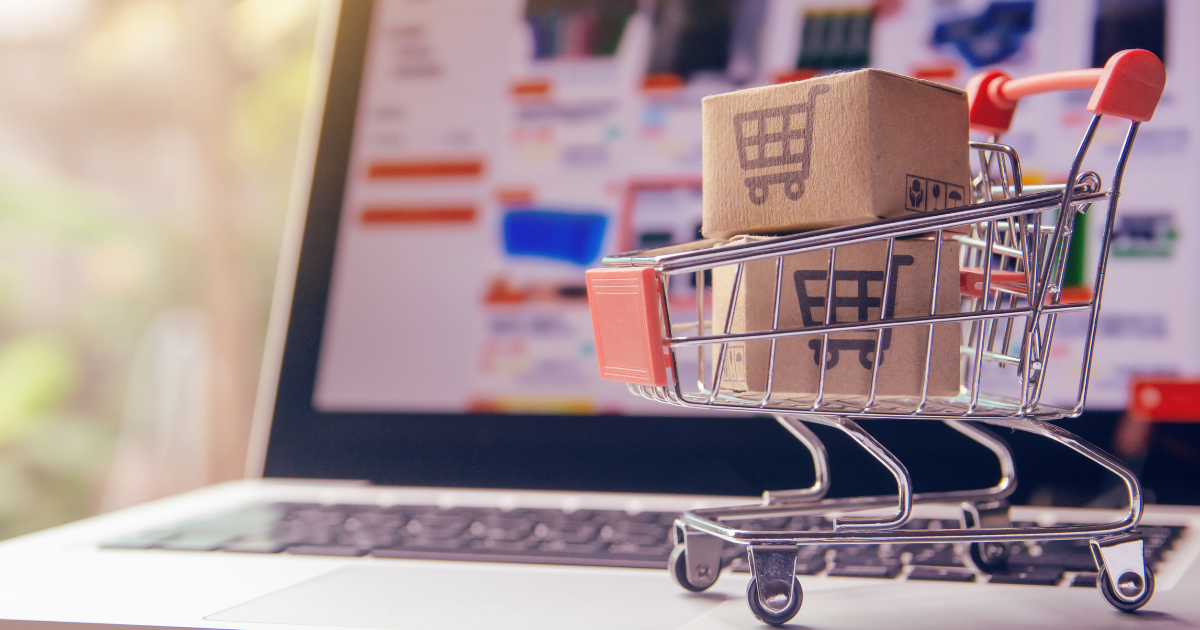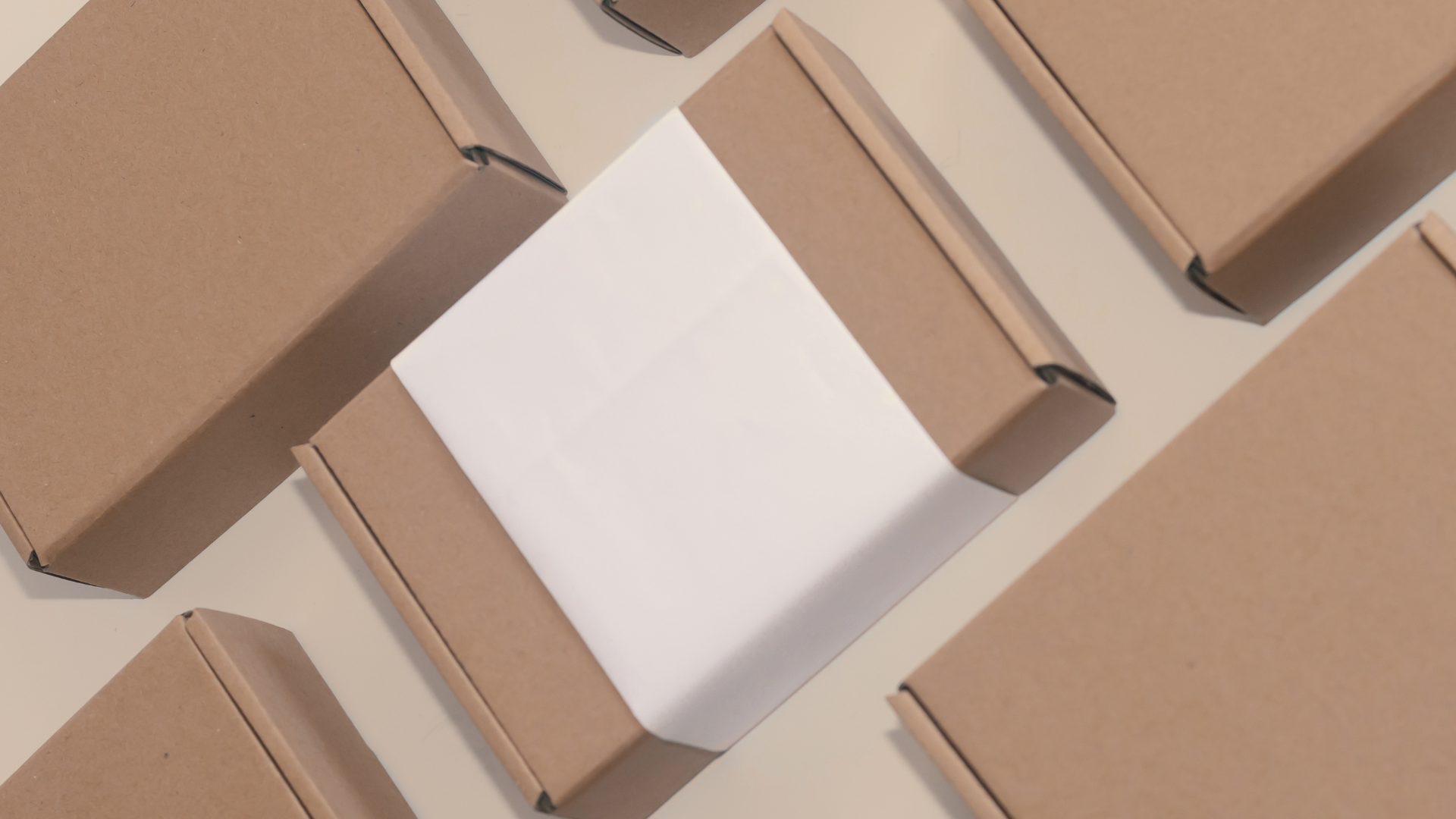Shipping Samples Internationally: Everything You Need to Know
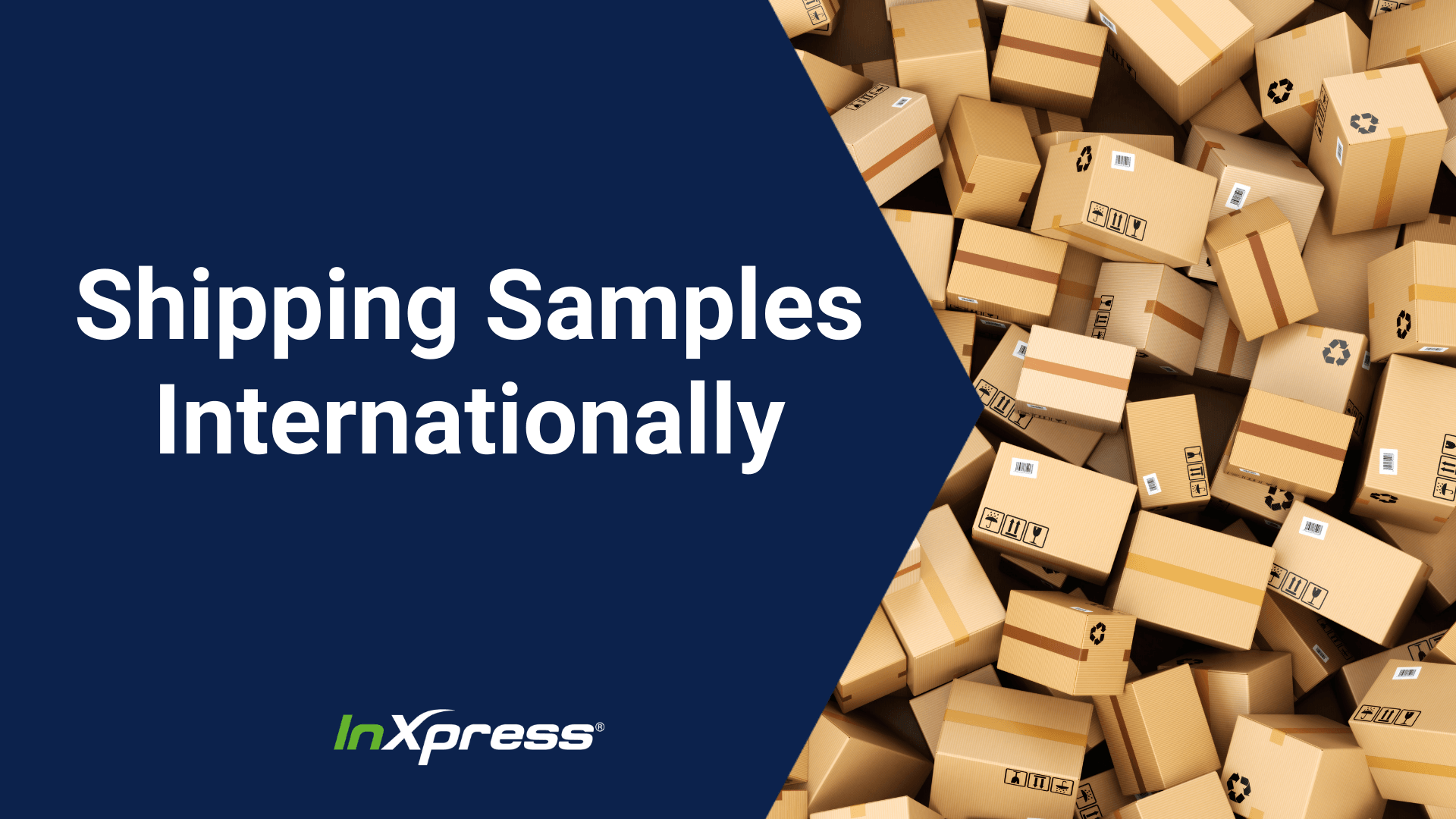
Ecommerce has created a global marketplace accessible to pretty much anyone. One drawback being that customers like to know what they are buying (especially when buying in large quantities). Being able to examine a product efficiently can be difficult in terms of online stores with an international market. And so, this is where samples come in handy.
A sample is usually a trial product sent from a seller to a potential buyer (who usually isn’t charged for receiving it).
There are many common items a client or a potential buyer may want to examine before purchasing in commercial quantities. From clothing apparel, kitchenware and household supplies to beauty products and even food products. Pretty much any retail product can be shipped as a sample as long as it's prepared and labeled accordingly.
How to Ship Samples Internationally:
Care must be taken to ship samples safely and according to regulations, just as if they were full shipments of actual products.
Most countries will only accept your goods as samples if they meet strict requirements. Let’s go through the information you’ll need to provide as well as how to make sure that your samples are clearly marked to ensure your shipping process runs smoothly.
Complete Your Commercial Invoice:
Even samples of low value require a
commercial invoice.
In order for customs officials to know how to handle your sample shipments, you’ll need to make sure that your customs invoice clearly states the reason it’s being sent to the receiving country.
Your Commercial Invoice should Include:
- A Realistic Value
- A Detailed Description
- And the Reason for Export: (‘sample’, ‘gift’ or ‘not for resale’)
(In order for customs to know the goods are not for commercial use.)
Giving your Sample a Value:
Even though your buyers aren’t charged for your samples, you’ll still need to declare accurate values for them. You should include the cost of packaging when calculating the value.
If you’re not sure of a sample's value, ask yourself how much it would cost to replace.
Stating the Country of Origin:
Include the country in which the samples originate from. Samples without the ‘country of origin’ declared may be delayed upon arrival.
Duties and Taxes for Samples:
Taxes don’t usually apply to samples. This is generally because they may never be sold commercially or because they are valued as De Minimis (too insignificant).
How to Prepare Samples for International Shipping:
For a product to qualify as a commercial sample it needs to be -
- Altered in a way that makes it unsuitable for resale.
(This can be done by tearing, perforating, or permanently marking your samples).
- Shipped in small quantities with a limited range of available sizes and dimensions.
General Tips For Shipping Samples Internationally:
- Make sure to package your samples correctly (with protective cushioning), seal them properly (with adhesive tape) and label them accurately. For more information on how to package your samples, check out our article on General Packaging Guidelines For International Express Shipments.
- If you are sending beauty samples (like creams, powders or other makeup samples) place them into Ziplock bags for additional protection.
- Remember to check the exact rules and regulations that apply to the country you’re shipping both from and to. These can be found on their official government websites.
- It’s important to note that samples from the pharmaceutical, chemical or bio-industry may fall under a separate category and therefore will be subject to different shipping and customs regulations.
For further assistance, contact us at
InXpress, your innovative online provider of shipping services. We’re here to ensure your packages arrive safely and on time - every time.
